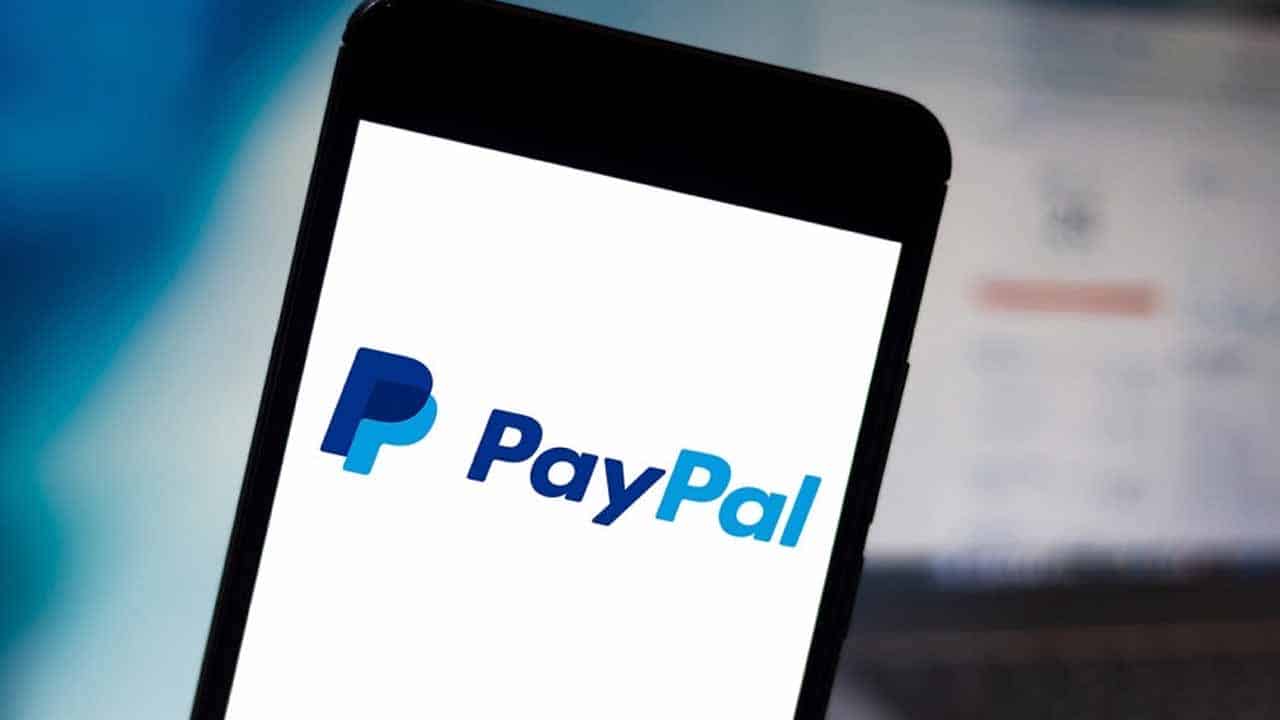Setting up a PayPal business account as a Pakistani citizen can be challenging due to restrictions, but there are legal methods to achieve this. One option is to establish a legal entity in another country and use it to open a PayPal account. Here are two main approaches:
1. Establishing an SDN BHD
- Select a Country: Choose a country where it’s legal for foreigners to own a business and open a bank account without being physically present.
- Set Up a Legal Entity: Establish an SDN BHD (Private Limited) in that country and open a bank account.
- PayPal Account: Once the SDN BHD’s bank account is operational, use it to set up a PayPal business account.
2. Utilizing a US LLC
- Form a US LLC: Establish a Limited Liability Company (LLC) in the United States, either by traveling there or finding a friend who can act as an office manager to set up a bank account.
- Obtain an ITIN: Acquire an Individual Taxpayer Identification Number (ITIN) or use the LLC’s Employer Identification Number (EIN) for tax purposes.
- PayPal Setup: Legally set up a PayPal account using the ITIN/EIN associated with the US LLC.
Additional Considerations
- Estonian E-Residency: Alternatively, consider applying for Estonian E-Residency to set up a corporation. However, opening a bank account may require a business plan and ties to Estonia.
- VPS for Access: Use a Virtual Private Server (VPS) for accessing PayPal from Pakistan, as some people face challenges using VPNs.
Important Notes:
- Document Verification: Be prepared to provide necessary documents, such as a Pakistani passport, if PayPal requests identification.
- VPN/VPS Usage: While using a VPS is a more secure option for accessing PayPal from Pakistan, be aware of potential risks and follow best practices to avoid suspension.
Setting up a legal entity and associated bank account in a foreign country provides a legitimate way for Pakistani citizens to own a PayPal business account. Whether through an SDN BHD, US LLC, or other options, the key is to adhere to legal processes and be prepared for potential challenges in the verification process.







